Welcome to the final installment in a four-part “Beyond the Track” series by Coaster101 guest writer Ryan Cataldo.
There is more beyond the surface of a roller coaster than just hills and drops. Every functional coaster on earth has scrutinous engineering and special principles behind it. Not all coasters are built equally, though. A handful of manufacturers from across the globe are responsible for fabricating these steel machines. Each manufacturer has its own unique style of track, support structure and train design. Moreover, each company follows different layout guidelines and principles. The specialties of three vastly different roller coaster manufacturers are compared throughout this series, including their history, highlights and pitfalls.
For this final installment, the highlights of the three presented manufacturers — Bolliger & Mabillard (B&M), Gerstlauer and Rocky Mountain Construction (RMC) — were considered and integrated into a new, custom creation. This hypothetical coaster would be a collaboration of the three manufacturers and would emphasize the strengths of each. Considerations were also taken to eliminate the pitfalls of each manufacturer. Galactic Twist breaks the record for most inversions on any roller coaster, with seventeen.
Galactic Twist Track Design
Galactic Twist uses Rocky Mountain Construction’s I-Box track. B&M is responsible for incorporating smooth, graceful elements into its coasters, and its track design suits those types of elements well. Conversely, Gerstlauer mainly uses its track to build compact elements. RMC’s I-Box track is the best option for building a well-rounded coaster because it is capable of completing both tight, snappy elements, in addition to long, drawn-out elements. The track nearby guest areas would be filled with sand. This would nearly eliminate the load roaring caused by the trains, which some guests might find irritating. The track is colored blue and purple.
Galactic Twist Support System
While RMC’s track alone is capable of completing almost any type of element, its wooden-style support structure limits it from being able to execute tall inversions. Conversely, B&M’s supports are extremely versatile in that they can support almost any element regardless of height; their track design, however, limits them from performing tight elements. B&M’s steel tube support structure is utilized in Galactic Twist in tandem with RMC’s I-Box track, allowing the ride to complete maneuvers that were foreign to their respective manufacturers. The supports would be colored mint green to complement the color of the track.
Galactic Twist Train Design
Galactic Twist uses 2nd-generation RMC trains, the same type found on Iron Gwazi. These trains suit the I-Box track well, and a train from any other type of manufacturer would be impractical. They seat twenty-four passengers each and use simple lap bars which are comfortable for riders. The simplicity of the restraints reduces guests’ struggles with boarding the train, and therefore, more people can ride the coaster in a shorter amount of time. The coaster would have theming on the front and rear of the train to aesthetically convey the look of a silver, futuristic spaceship. Specifically, the front of the train would be in the shape of a rocket ship nose cone, and the rear would resemble the motor mount and exhaust port.
Galactic Twist Programming
Galactic Twist would be capable of running up to five trains at once. Midcourse brake runs are appropriately scattered about the track layout, which makes it safe to run multiple trains. If one train is about to enter an already occupied block section, the block brake will stop the train, avoiding collision. Although Gerstlauer, B&M and RMC all use this principle to program their rides, B&M would be employed to program this hypothetical coaster. Out of all three manufacturers, B&M has been building coasters the longest and had the least issues with their rides’ programming.
Galactic Twist Lift System
Both RMC and B&M have struggled with building launched coasters. RMC’s only launched coaster, Lightning Rod at Dollywood, faced severe downtime and engineering problems in its opening year. B&M has only built two coasters with a launch, The Incredible Hulk at Universal’s Islands of Adventure and Thunderbird at Holiday World. As evidenced by these setbacks, a pair of chain lifts is the most reliable way to carry the train to the top of the hill. Gerstlauer would be the best option to engineer the lift because they are the only manufacturer of the three that is capable of constructing a vertical lift. In the unlikely event of the chain snapping on the lift, Gerstlauer’s magnetic anti-rollback brakes can safely return the train to the foot of the lift. Another upside of these magnetic ARBs is that they do not make much noise, unlike RMC’s and B&M’s ratcheting anti-rollback systems. Gerstlauer would also manufacture the inclined lift, just for consistency.
Thematic Marketing
The premise of Galactic Twist is an alien invasion. Aliens are attempting to abduct humans and study them in their ships. Their crashed vessels are scattered along various parts of the landscape, and the coaster zooms past them multiple times. These aliens’ weakness is water, so it is important that the ride has multiple water effects which activate in time with the train. This allows the riders to feel like they are fighting the aliens. The ride concludes with a splashdown, and the large jet of water created by the momentum of the train drenches a model of an alien ship. This marks a victory for the riders.
Galactic Twist Ride-Through Description
The station of the ride is set in an imposing dimly-lit mountain. The coaster begins immediately with a counterclockwise-turning heartline roll right out of the station, which dangles riders over the guests waiting in line for the ride. The train exits from the mountain during this roll, and takes a right turn, followed by a slight left bank. This converts into another heartline roll, which rotates riders clockwise. Another right turn pulls the train into a vertical lift hill. The base of the hill is surrounded by alien ship debris.
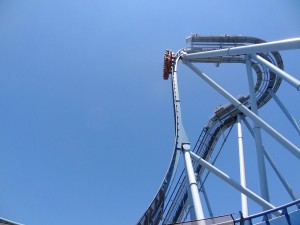 Upon reaching the top of the hill, the coaster uses a holding brake to dangle riders over the edge of a beyond-vertical drop. This element is inspired by various B&M dive coasters. When released from the holding brake, the train plummets down the steep 150-foot drop, and bottoms out while passing through a pit of mist. The train whips into a long, tall zero-g stall, which suspends riders upside down over a lake below. Descending from the stall, the track leads into a large cobra roll, which would be more enjoyable than a cobra roll on any B&M or Gerstluauer coaster. This is due to the fact that Galactic Twist’s trains use lap bar restraints, which eliminate the possibility of headbanging.
Upon reaching the top of the hill, the coaster uses a holding brake to dangle riders over the edge of a beyond-vertical drop. This element is inspired by various B&M dive coasters. When released from the holding brake, the train plummets down the steep 150-foot drop, and bottoms out while passing through a pit of mist. The train whips into a long, tall zero-g stall, which suspends riders upside down over a lake below. Descending from the stall, the track leads into a large cobra roll, which would be more enjoyable than a cobra roll on any B&M or Gerstluauer coaster. This is due to the fact that Galactic Twist’s trains use lap bar restraints, which eliminate the possibility of headbanging.
The train sweeps out of the roll and glides into a left-banked turn, which transitions to a sharp hill. An RMC-style wave turn follows, which jolts riders 90 degrees to their right. After rolling left through another turn, a wave turn whips riders in the opposite direction. A series of three sharp airtime hills succeed the transition out from the wave turn. The first hill has a slight right bank at its peak, and the next hill has a similar bank in the opposite direction. The third hill stays unbanked and leads into a midcourse brake run.
Dropping out of the brake run, riders descend a drop that is about a third of the height of the first drop. The train moves through a long left turn over a body of water, with water jets erupting as the train goes by. Some alien figures are positioned along the turn, and the water jets give the impression that the train is “attacking” the aliens. At the end of the turn, the track winds through an element inspired by Dueling Dragons’ corkscrews. A counterclockwise corkscrew is then traversed, followed by a dip and a quick left turn through a small dark cave. Exiting the cave, another counter-clockwise corkscrew flips riders over track from before. Another short dip transitions into a sharp bank. The coaster glides through a subsequent barrel roll, which moves over the second heartline roll from the beginning of the ride. The end of this twisty inversion marks the beginning of the second lift hill. So far, the coaster has traversed eight inversions, with nine more to come.
The second lift hill is less steep than the first one, albeit taller. The peak of the 270-foot-tall lift transitions into a long 80-degree drop. An extended, low-speed hill gives a quick pop of airtime. Then, similar to a mirrored version of the first element on Iron Gwazi, the track leads up into a large turning hill, which switches the direction that it banks at the top.
The train completes the turn and goes through two, simple parabolic hills that can be found on many B&M hyper coasters. A tight-banking turn sets up the track for a flying snake dive through the station’s mountain, a rare dual-inverting element that consists of a barrel roll and then a dive straight down. This drop goes right next to the coaster’s entrance and travels underneath the station. A wide overbanked turn leads the train into another mid-course brake run.
After the midcourse, the coaster wastes no time in completing another inversion; a vertical loop succeeds the brakes. Afterward, the train moves up into a hill that banks right when ascending, then turns to bank left when descending. The drop runs into a batwing, which inverts riders twice, and interweaves with an alien structure. This whole maneuver and its interaction with theming were inspired by The Smiler. The line of track exiting the batwing runs parallel to the track that entered it and allows the train to zip over a small speed hill.
Riders then move through a helix that goes up and down in elevation as it moves through. The helix is inspired by Orion’s belt, an element at the end of Orion, a B&M Giga coaster. Theming rushes by as the train zooms through a low, banked turn, surrounded by different parts of crashed spaceships. The turn snaps into a quick corkscrew. At this point, the train is approaching the footpath which leads to the ride’s entrance.
A Norwegian loop surrounds the path, which is similar to a vertical loop, but it starts and ends at the peak. Passing over the footbridge, riders descend the Norwegian loop and then dash through a few quick banks which snap the train side to side. Then, the coaster turns upwards into a small rocky mountain. An alien robot with an armed structure similar to the marmaliser is seen atop, seeking to collapse the mountain. The train moves into the small cave and hits a set of midcourse brakes.
When in the cave, slowly falling rocks and creaking walls are visible to the riders. Abruptly, the train drops out of the midcourse brakes, and travels down a right turn through a parted waterfall, exiting the mountain. The turn continues over water and glides past the queue, giving onlookers a view of the finale of the ride. A small hill gives another pop of negative g-forces, and a subsequent quick left-banking turn allows the train to dash through a hole in another wall of rocks. The same footpath from before lies ahead once again, and this time, the train takes a vertical loop around it.
This is the seventeenth and final inversion of the coaster. One last quick hill offers ejector airtime, and it comes in very close contact with another spaceship above. Riders drop into a splashdown, which blasts a large jet of water out behind the train, drenching the spaceship, and “defeating” it. The track moves out of the splashdown and takes a short left turn into the final brake run. When the station ahead is clear, the train advances into the mountain and allows guests to depart.
Highlights of Galactic Twist
This coaster excels in all areas that could have been problematic for individual manufacturers. Galactic Twist uses high-capacity trains which can be dispatched at a fast rate due to a simple restraint system and reliable programming. The ride is not limited to positive or negative G-forces, but it rather completes a wide variety of elements involving intensity and airtime. The track layout combines tight, snappy elements with wide, drawn-out maneuvers, thanks to RMC’s versatile track and B&M’s multi-faceted support structure. Loud noise would not be an issue, since the lift hills use magnetic anti-rollback brakes, and various track sections would be filled with sand. The guests’ on-ride experience would be fun and comfortable, since the restraints are non-restrictive. The track would have little-to-no rattling, since B&M’s supports utilize strong, concrete footers. As a supplement, the theming throughout the coaster makes the experience more enjoyable. The ride also breaks the record for most inversions on any coaster ever built, with seventeen.
Pitfalls of Galactic Twist
Considerations have been taken to eliminate most every pitfall found throughout these coasters. However, a hardship brought upon by all these features would be the cost. Contracting three separate coaster manufacturers to work on different aspects of the attraction would be very expensive. The sheer size of this coaster would also contribute to a high cost for materials and construction. Another pitfall is that the attraction would take up a large plot of land.
Galactic Twist Summary
If it was a real coaster, Galactic Twist would prove that a collaboration between manufacturers is a concept that can form a functional attraction. By breaking the record for most inversions on any coaster ever built, this ride would spike attendance in a park that is daring enough to add something of its caliber. As of May 2021, Galactic Twist is still merely an idea confined to the code of a computer and one’s imagination. However, one can only hope that someday a brave park with a high budget and a desire to stretch the limits would reach out to B&M, Gerstlauer and RMC to create arguably the perfect coaster.
Overall Safety Improvements for Parks
To shift from a study of coasters to an inquiry of human error, provided are multiple suggestions for how ride operators and guests can enhance safety. A majority of injuries at theme parks, whether minor or major, are caused by guests’ neglect to safety protocols. Before riding any type of attraction, it is recommended to read the sign outside, which informs guests not to board if they have any of the listed preexisting conditions that could be aggravated by the attraction. Also, as passengers on a plane should pay attention to a pilot’s safety announcements, park guests should listen to ride operators whilst they are giving instructions. Disregarding these policies could cause complications, confusion and even risk of injury. Consequently, an uninformed guest who has not listened to any of the safety protocol could make the process of boarding a train take longer overall, which slows down the line for the hundreds of other people waiting.
Ride operators could also implement multiple measures in order to decrease risk of injuries. Communication between all ride operators is key, and this prevents them from being uncoordinated when handling a crisis. Ride operators should not simply disregard programming warnings by the ride, as the system is designed to transmit those warnings for a reason. Since there is a rare chance that those systems could falsely trigger, the operators should consult park engineers before overriding those warnings. Although it is crucial that trains are boarded quickly and efficiently, ride operators must remember that guest safety is more important than dispatching a train in a short amount of time. Guests rushing to get into seats or ride operators racing to lower the restraints increases risk of potential injury, which will ultimately slow down the line more than any prolonged dispatch ever could. This is why having a visible countdown timer in the station to meet desired ride throughput could be a double-edged sword. This implementation could make guests more likely to rush into their seats, and possibly overlook safety protocols.
Conclusion and Future Considerations
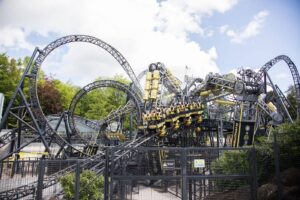 Overall, this paper provided insights into B&M’s Dueling Dragons, Gerstlauer’s The Smiler and RMC’s Iron Gwazi. To achieve a streamlined analysis of each manufacturer, a series of lenses were implemented. The main lessons learned from exploring the aforementioned coasters and their respective companies were integrated into Galactic Twist, a hypothetical combination of the three engineering firms’ strengths. Lastly, potential safety implementations were suggested to reduce the possibility of injuries at parks.
Overall, this paper provided insights into B&M’s Dueling Dragons, Gerstlauer’s The Smiler and RMC’s Iron Gwazi. To achieve a streamlined analysis of each manufacturer, a series of lenses were implemented. The main lessons learned from exploring the aforementioned coasters and their respective companies were integrated into Galactic Twist, a hypothetical combination of the three engineering firms’ strengths. Lastly, potential safety implementations were suggested to reduce the possibility of injuries at parks.
If a second iteration were to be written of this paper, it would analyze another three coaster manufacturers and a notable attraction by each. Three remarkable engineering firms to analyze would be Great Coasters International (GCI), Arrow Dynamics and Intamin. These companies all feature different elements and engineering techniques than the three manufacturers explored in this paper. For GCI, the coaster under consideration would be Gwazi, a defunct dueling coaster that was a predecessor to its current hybrid counterpart. The coaster used to represent Arrow Dynamics would be Magnum XL-200, a currently operating hyper coaster that boosted attendance in its park, and broke many records at the time. VelociCoaster, a brand-new multi-launch coaster, would be evaluated to gain a deeper understanding of Intamin’s engineering. All the same lenses which organized the survey of each coaster in this paper would be used to describe the new ones in the future iteration.
 This article can empower upcoming coaster manufacturers to decide what type of engineering strategies to follow or imitate. It could also assist a park in deciding which manufacturer they should contract to build a coaster for them, based upon certain criteria they are looking for. As a result of COVID-19, 2020 was a troubling year for the theme park industry. Within the next few years, there is a large possibility that parks will consider cheaper investments that maximize thrills. Due to projected budget constraints, there is a likelihood that parks across the world will see a decline of B&M coasters being built. Conversely, parks might turn to Gerstlauer to build new attractions as a result of their relatively low price tag and footprint. In the coming years, RMC may have to increase their production of ground-up coasters, as they might soon run out of suitable wooden coasters to hybridize. Additionally, their single-rail coasters could be an ideal option for parks to add during the potentially forthcoming era of constructing low-cost rides. To meet the demands of these future challenges, parks and engineers can consult this paper for ideas and inspiration.
This article can empower upcoming coaster manufacturers to decide what type of engineering strategies to follow or imitate. It could also assist a park in deciding which manufacturer they should contract to build a coaster for them, based upon certain criteria they are looking for. As a result of COVID-19, 2020 was a troubling year for the theme park industry. Within the next few years, there is a large possibility that parks will consider cheaper investments that maximize thrills. Due to projected budget constraints, there is a likelihood that parks across the world will see a decline of B&M coasters being built. Conversely, parks might turn to Gerstlauer to build new attractions as a result of their relatively low price tag and footprint. In the coming years, RMC may have to increase their production of ground-up coasters, as they might soon run out of suitable wooden coasters to hybridize. Additionally, their single-rail coasters could be an ideal option for parks to add during the potentially forthcoming era of constructing low-cost rides. To meet the demands of these future challenges, parks and engineers can consult this paper for ideas and inspiration.
Don’t miss the previous Beyond the Track installments about Dueling Dragons at Islands of Adventure, The Smiler at Alton Towers and Iron Gwazi at Busch Gardens Tampa.
We’d like to thank Ryan for sharing his in-depth work with us!
About the Author:
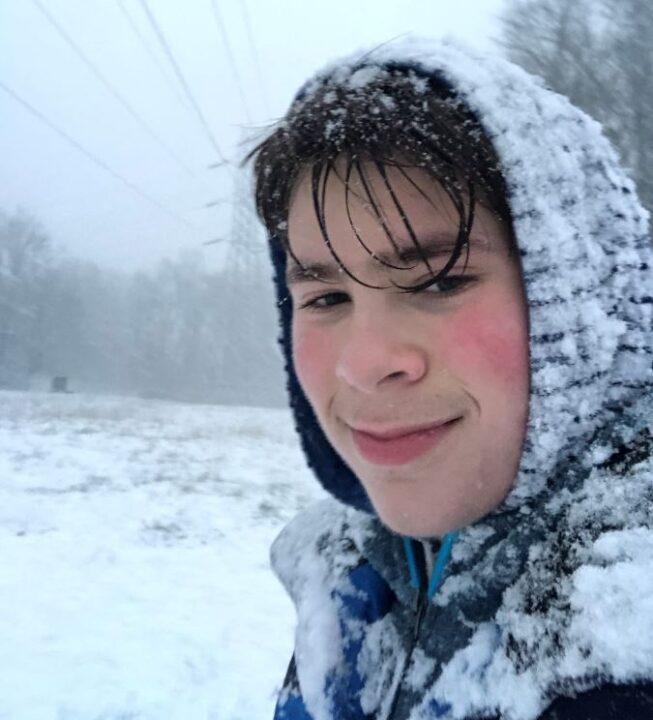 Ryan Cataldo is currently a high school freshman with over eight years of experience building roller coaster models and studying their efficacy. His favorite subjects in school are math, science and band. He is highly interested in the mechanical and complex workings of roller coasters, and his articles explore these topics in depth. To this end, he publishes videos of models of K’nex Roller Coasters on his YouTube channel called DryEyeBuilds, with about 40,000 collective views.
Ryan Cataldo is currently a high school freshman with over eight years of experience building roller coaster models and studying their efficacy. His favorite subjects in school are math, science and band. He is highly interested in the mechanical and complex workings of roller coasters, and his articles explore these topics in depth. To this end, he publishes videos of models of K’nex Roller Coasters on his YouTube channel called DryEyeBuilds, with about 40,000 collective views.

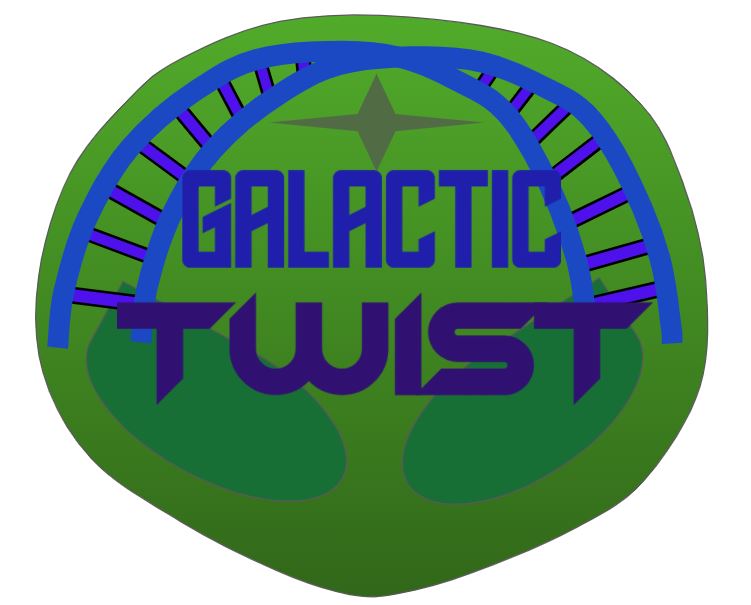
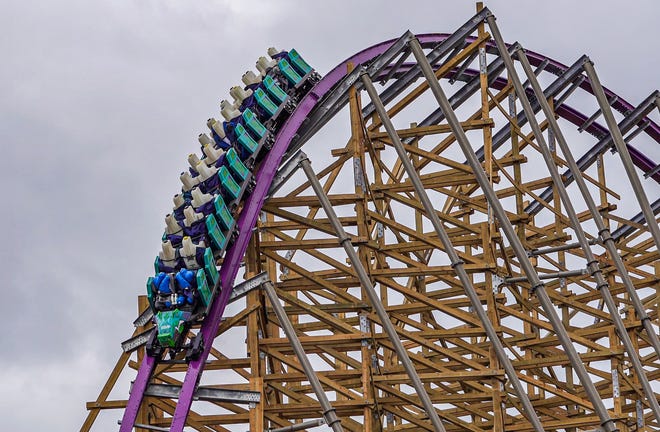
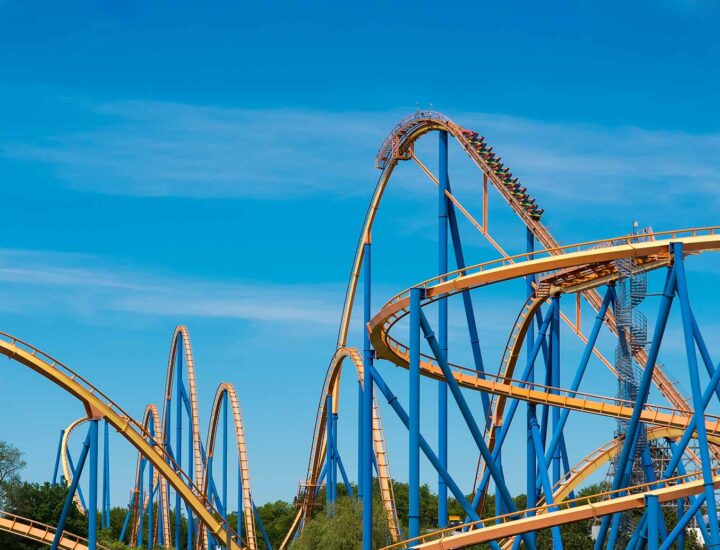
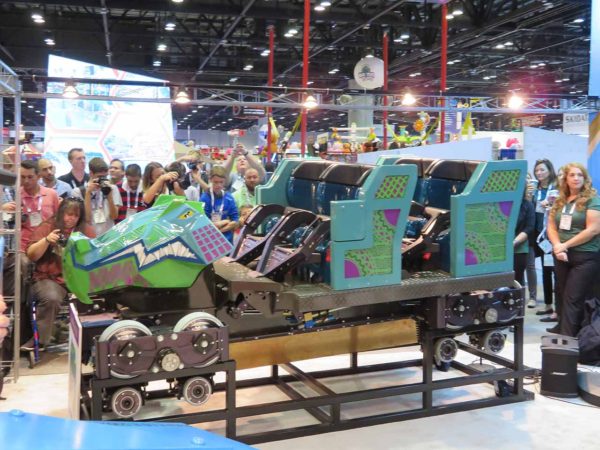
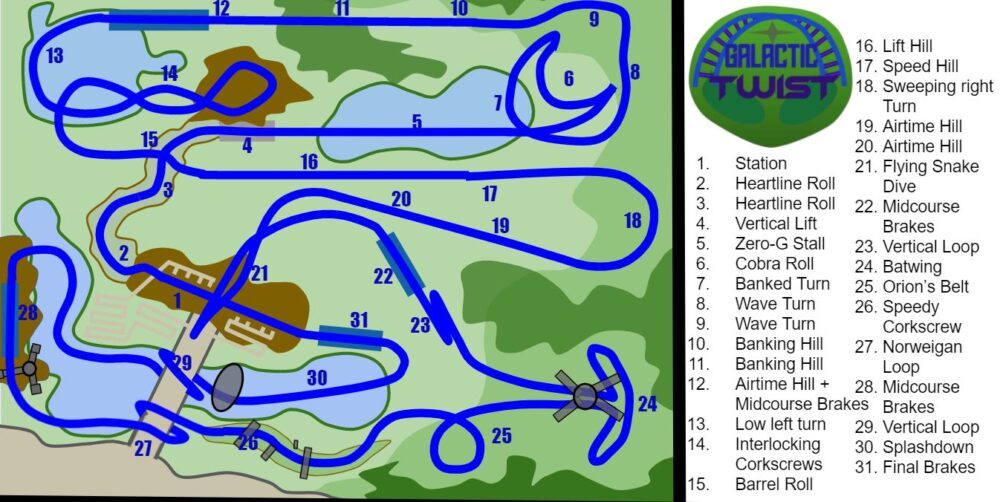
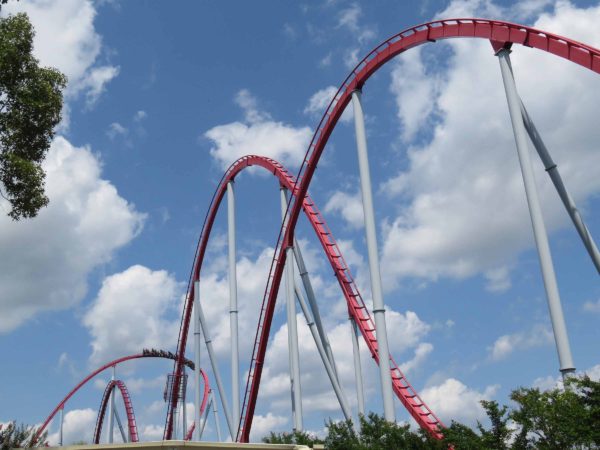
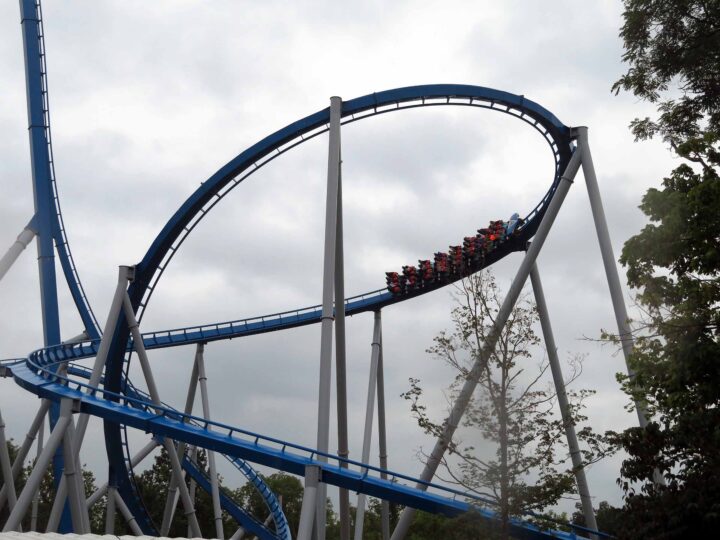
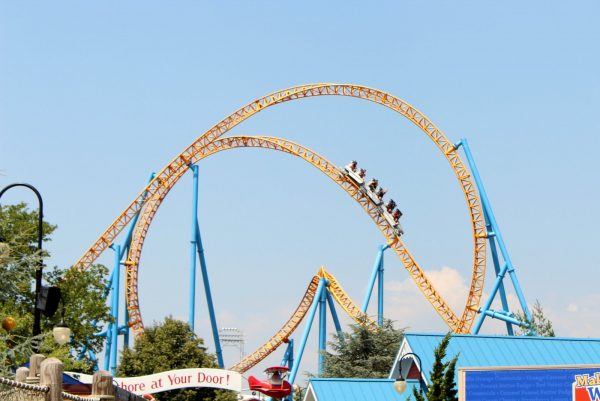
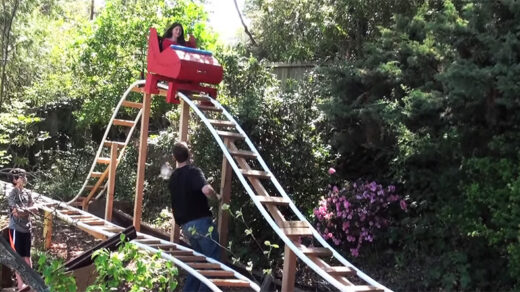
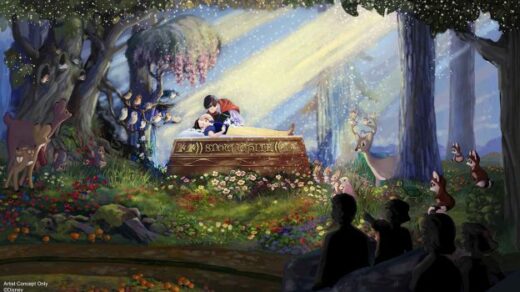
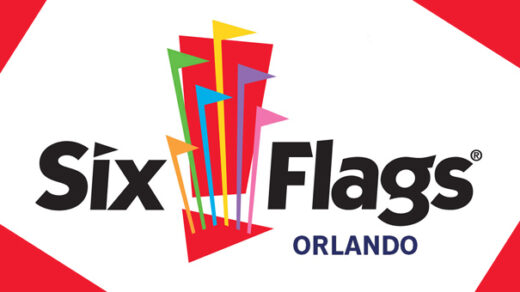





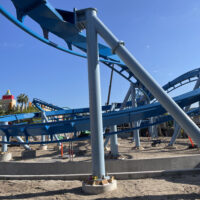





Recent Discussion